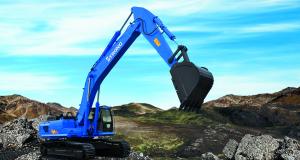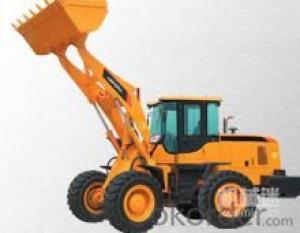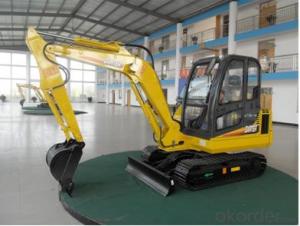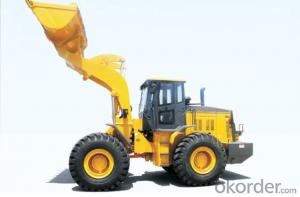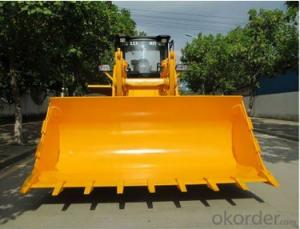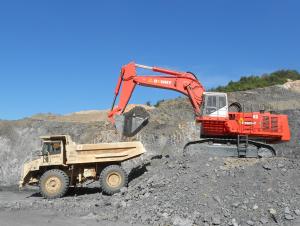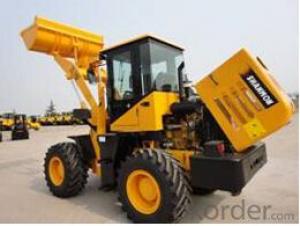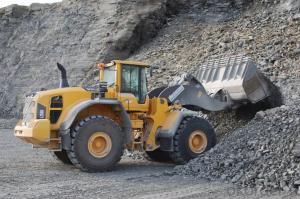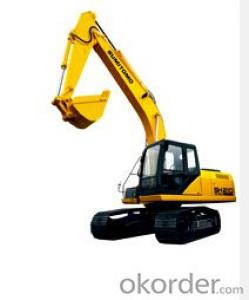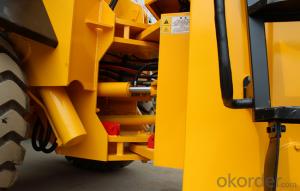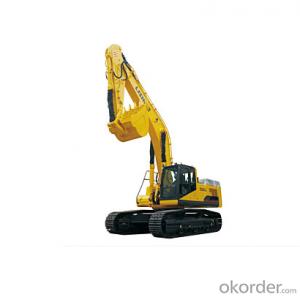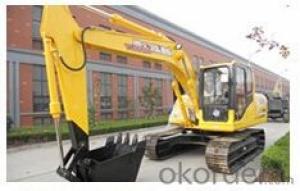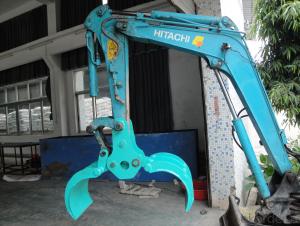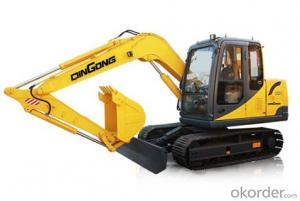All Categories
- - Steel Wire Rod
- - Steel Coils
- - Steel Profiles
- - Steel Pipes
- - Stainless Steel
- - Tinplate
- - Special Steel
- - Steel Sheets
- - Steel Rebars
- - Steel Strips
- - Hot Rolled Steel
- - Cold Rolled Steel
- - Pre-painted Steel
- - Seamless Steel Pipe
- - Welded Steel Pipe
- - Hollow Steel Tubes
- - Galvanized Pipe
- - Stainless Steel Coil
- - Stainless Steel Sheet
- - Stainless Steel Plate
- - Stainless Steel Strips
- - Electrolytic Tinplate Coil
- - Electrolytic Tinplate Sheet
- - Stainless Steel Rebars
- - Solar Panels
- - Solar Water Heater
- - Solar Related Products
- - Solar Inverter
- - Solar Cells
- - Solar Light
- - Solar Energy Systems
- - Solar Controllers
- - Solar Mounting System
- - Solar Pump
- - Solar Chargers
- - Fiberglass Chopped Strand
- - Fiberglass Mesh Cloth
- - Composite Pipes
- - FRP Pultrusion Profiles
- - Fiberglass Mat Tissue
- - Fiberglass Fabrics
- - Fiberglass Mesh
- - Composite Tank
- - Fiberglass Mesh tape
- - Polymer
- - FRP Roofing Panel
- - Fiberglass Roving
- - Monolithic Refractories
- - Ceramic Fiber Products
- - Refractory Bricks
- - Raw Materials For Refractory
- - Suspended Platform
- - Cranes
- - Concrete Machinery
- - Earthmoving Machinery
- - Building Hoist
- - Road Building Machinery
- - Plastic Pipe Fittings
- - Plastic Tubes
- - Plastic Sheets
- - Agricultural Plastic Products
- - Plastic Nets
 All Categories
All Categories
Q & A
How do you optimize productivity and efficiency in earthmoving machinery?
To optimize productivity and efficiency in earthmoving machinery, several strategies can be implemented. Firstly, proper maintenance and regular servicing of the machinery is crucial to ensure optimal performance and prevent breakdowns. This includes routine checks of oil levels, filters, and tires, as well as timely repairs or replacements.
Secondly, operator training and skill development are essential for maximizing productivity. Providing comprehensive training programs and certifications will enable operators to handle the machinery efficiently and effectively, minimizing errors and downtime.
Moreover, employing advanced technology and automation systems can significantly enhance productivity. Utilizing GPS and telematics can improve accuracy in grading and excavation, reducing the need for rework and increasing overall efficiency. Additionally, integrating real-time monitoring systems can detect potential issues and provide timely alerts, preventing major breakdowns and minimizing downtime.
Lastly, proper planning and scheduling of tasks can optimize productivity. Analyzing project requirements, optimizing routes, and coordinating material deliveries can streamline operations and reduce idle time. Implementing efficient communication channels between operators and supervisors can also facilitate coordination and ensure smooth workflow.
By implementing these strategies, it is possible to optimize productivity and efficiency in earthmoving machinery, leading to increased output, reduced costs, and improved project timelines.
How do you ensure the proper lubrication of earthmoving machinery?
To ensure the proper lubrication of earthmoving machinery, regular maintenance and inspection are essential. This includes following the manufacturer's guidelines for lubrication intervals and using the recommended lubricants for each specific component. Additionally, it is important to check oil levels frequently and promptly address any leaks or abnormalities. Regular greasing of bearings, joints, and other moving parts is also necessary to ensure smooth operation and prevent excessive wear.
How do you use earthmoving rock breakers for breaking rocks and concrete?
To use earthmoving rock breakers for breaking rocks and concrete, you typically attach the breaker to an excavator or another earthmoving machine. Once attached, you position the breaker's chisel or point at the desired spot on the rock or concrete surface. Then, you activate the hydraulic system on the machine, causing the breaker to strike the surface repeatedly with high force, breaking it into smaller pieces. It's essential to ensure proper positioning and use the appropriate size and power of breaker for the specific job to achieve effective and safe results.
How does a backfill blade attachment work with earthmoving machinery?
A backfill blade attachment for earthmoving machinery is designed to efficiently move and distribute soil during excavation or backfilling operations. It is typically attached to the rear of the machine and can be angled or tilted to control the direction and depth of soil movement. The blade is used to push or pull soil, creating a smooth and even surface for grading or compacting. This attachment enhances the machine's versatility and productivity by allowing it to effectively handle backfilling tasks with precision and ease.
What are the different types of compactors used in road construction?
There are several types of compactors used in road construction, including vibratory compactors, smooth wheel rollers, pneumatic tire rollers, and sheep foot rollers.
Wholesale Earthmoving Machinery from supplier in Luxembourg
We are confident that our expertise and dedication to customer satisfaction will make us the ideal partner for all your Earthmoving Machinery needs in Luxembourg. Contact us today to discuss your requirements and let us provide you with tailored solutions that will help you achieve success in your projects.
